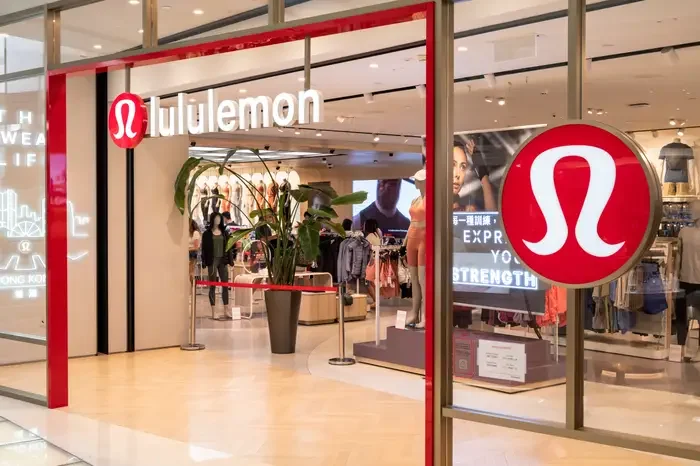Lululemon has long been a case study in brand strategy - a premium player that turned technical apparel into a lifestyle movement. But last week, JP Morgan sent a clear signal to the market: the momentum is slowing. The firm downgraded Lululemon from Overweight to Neutral, slashing its price target from $303 to $224. The decision reflects not just a weaker U.S. outlook, but deeper challenges facing premium-positioned brands navigating changing consumer expectations.
Why the Downgrade Happened
JP Morgan analyst Matthew R. Boss cited several core reasons for the rating cut:
Delayed product catalysts: Key new ranges like Align No Line and Glow Up are being pushed to H2 2025, slowing short-term growth.
Inventory drag: Roughly 40% of stock is tied up in underperforming seasonal colourways, leading to higher markdowns.
Soft U.S. traffic: Same-store sales were constrained by a more cautious consumer and falling footfall.
Macro headwinds: The U.S. premium activewear market is forecast to grow just 1.0% in 2025–26, down from 11% in FY21–24 (Euromonitor).
The result? Q2 U.S. revenue growth is expected to slow to +1.2%, down from +1.7% in Q1 - a notable deceleration for a brand once considered untouchable in its category.
📈 Pros – What’s Still Working?
Innovation drives interest: Products like Be Calm and Daydrift are outperforming, proving demand for technical innovation remains strong.
Women’s segment remains robust: Management is doubling down on female-led product rollouts in H2 2025.
Global expansion opportunity: Despite a more measured pace in China, international markets remain Lululemon’s most scalable growth lever.
📉 Cons – What’s Under Pressure?
Overdependence on seasonal basics: 40% of inventory is in colourway updates that aren’t converting — a risk in an era of slower impulse purchasing.
Margin compression: Higher markdowns and SG&A costs are hitting profitability and long-term margin ambitions.
Brand cooling in China: Once a rocket-fuelled growth market, China Mainland is now showing signs of normalisation, forcing Lululemon to adjust its strategy.
🔍 Opportunities - Strategic Levers for Brands
Rethink product drops: Seasonal rotation is less compelling than material-led or performance-led storytelling. Align new launches with clear functional benefits.
Tighten U.S. brand narrative: A more discerning consumer needs more convincing. Reinvest in why the brand matters, not just what it sells.
Localise global growth: With China plateauing, emerging markets in APAC and EMEA offer room to adapt and diversify Lululemon’s premium story.
⚠️ Challenges - What to Watch
Inventory-to-demand misalignment: Overweighting SKUs that don’t convert creates operational drag and reputational risk.
Cultural saturation: Even iconic brands can fall into cultural invisibility without refreshed storytelling.
Economic softness: Premium players must now justify their price tags with clarity and credibility - not just aesthetic appeal.
🧠 Key Takeouts
JP Morgan’s downgrade of Lululemon marks a shift in analyst sentiment and market confidence.
Premium brands can’t rely on seasonal novelty alone - function and innovation now lead.
Global growth requires more nuanced, localised strategies to avoid overreliance on any one market.
